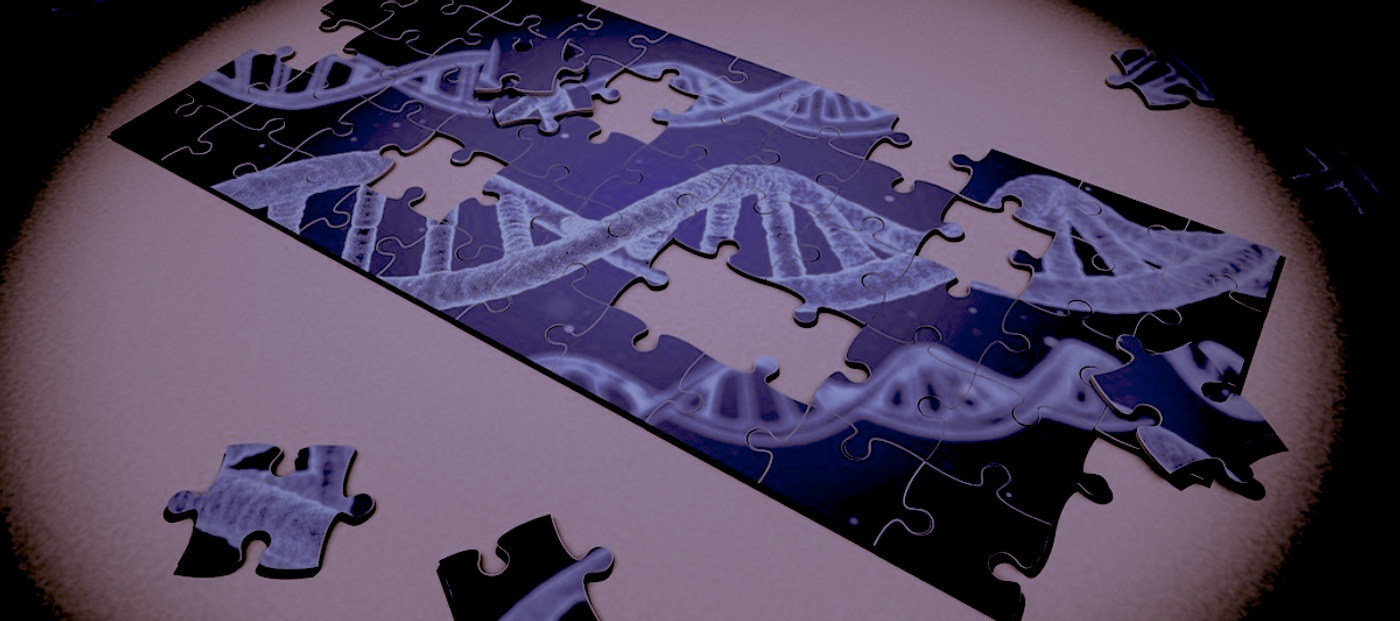Protective Genetic Variants Can Shield Carriers From Disease
The human genome typically contains the same genes when it comes to one person or another, but there are tiny sequence differences in all of those genes that can lead to huge biological changes. While many mutations in the genetic sequence that lead to disease have been found, a genetic variant with a modest impact may fly under the radar. One variant may also modulate another, making it difficult to decipher the impact of each one unless it's considered in the context of the entire genome. A genetic variant also doesn't always lead to a negative result. Over the years, genetic variants that improve health have also been found. Several recent studies have identified novel gene variants that protect carriers from a variety of disorders including Alzheimer's, and heart defects.
Reporting in Alzheimer's and Dementia, scientists at the University of California, Irvine have shown that a variant in a gene called PLCG2 helps stave off Alzheimer's disease in those that carry the variant.
The researchers determined that the P522R variant raised T cell levels, as well as increasing the expression of some microglial genes that have been found to be abnormally low in Alzheimer's patients. This may help explain why the variant can reduce the risk of developing Alzheimer's, said study co-author Hayk Davtyan, Ph.D.
These findings could help create therapeutics for Alzheimers as well.
Related: A Genetic Variant Can Protect Against Severe COVID-19
Recent work published in Cell Reports Medicine by an international team of researchers has shown how a genetic variant can protect carriers who carry a different variant that is lethal to embryos. Computational tools have revealed genetic mutations that would seem to be deadly to people that carry them, yet some of those carriers lead normal lives.
"With the modern tools we have for exploring genetics, we're learning that not everything is as it seems," said senior study author Cecilia Lo, Ph.D., distinguished professor and F. Sargent Cheever Chair of the University of Pittsburgh's Department of Developmental Biology.
A mutation in a gene that encodes for TPM1, a sarcomeric actin-binding protein is rare, and in a mouse model, it's embryonic lethal - the hearts of carriers did not beat. So how were people carrying that mutation able to survive?
The researchers grew cells that were created from carrier samples. An analysis showed that a second mutation in a gene that encodes for TLN2, which is also a myofilament actin-binding protein, was offsetting the danger posed by the first. When both the TPM1 and TLN2 mutations were introduced in a mouse model using CRISPR tools, the hearts began to beat. The mice did have a structural defect, as seen in people that carry both mutations. Though the hearts are abnormal, their function is comptetent enough to sustain life.
"There are complexities that are important for our understanding of the genetic etiology of disease." Lo said. "The future of genetic therapy doesn't have to be about turning off bad genes. It can also be about turning on good ones."
Sources: University of California - Irvine, University of Pittsburgh, Alzheimer's & Dementia, Cell Reports Medicine









